The Main Different Kung Fu Styles
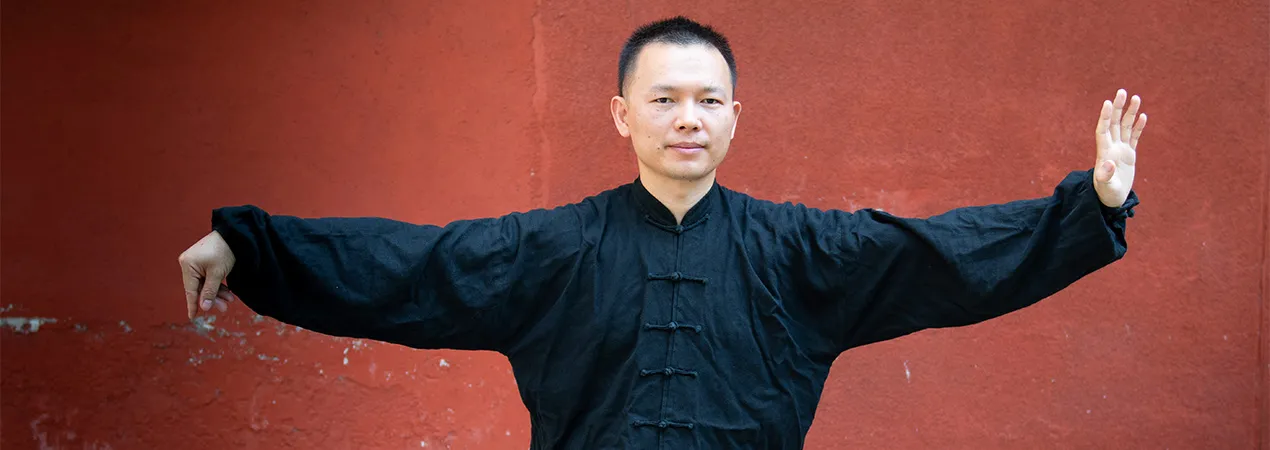
Endowed with vast territory that spans across an incredible variety of topographies and climate zones, China's immense geographical diversity is paralleled with an equally impressive number of social and cultural expressions. Kung Fu is a perfect example of this diversity. The sheer number of its styles, which feature different historical roots and sets of values, reflect the human, cultural and physical sceneries of China with splendor.
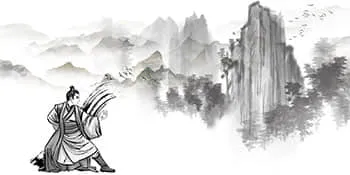
The exact number of Kung Fu styles existing today is unknown and therefore, even though a consensus that there are at least a few hundred has been reached, it is still contested. This is in part due because of disagreements regarding the defining of what a style consists of and whether styles that only feature subtle differences can be classified as distinct.
Several classification schemes, which focus on the different aspects of the martial arts, however, have been developed to put some order in the messy mosaic of competing styles and schools. Geographical, philosophical and religious ones are the most frequently used. For instance, the geographical classification makes a distinction between Kung Fu styles depending on whether they are located North or South in relation to the Yangtze river (Northern and Southern styles).
On the other hand, the philosophical classification is concerned with Qi(the inner energy flow) and whether a style will be classified as 'internal' or 'external' will depend on whether it seeks to tame Qi internally or externally. Finally, the religious classification gathers styles based on whether they are most influenced by Buddhism, Taoism and Confucianism.
In this article, we will be providing an overview of some of the most well-known and widely practiced types of Kung Fu.
Shaolin Kung Fu
少林功夫 shǎo lín gōng fū
Source from: Douyin - GF369369369
Shaolin Kung Fu finds its roots deep in the past, as it originated 1500 years ago in the Shaolin monastery. It is today, one of the most sophisticated and identifiable among all Kung Fu styles, and is inextricably linked with the teachings of Chen or Zen Buddhism.
In popular culture, Shaolin Kung Fu is mostly depicted through the traveling exploits of the Shaolin monks. An external Kung Fu style which adopts a wide range of self-defense striking techniques, it emphasizes wide stances, kicks as well as both open and closed hand strikes.
It is taught through forms -sets of stances and moves-, and has more than a thousand forms, and for this very reason Shaolin Kung Fu is deemed to be the most complex Kung Fu style. As a result of this diversity, and abundance of training methods and forms, many sub-styles have been developed.
Wing Chun
咏春 yǒng chūn
Source from: Douyin - 功夫-何小龙
The Wing Chun style originated in Southern China, around three hundred years ago, and its founders are two women: Ng Mui and Yim Wing Chun. Ng Mui was an outstanding Kung Fu master and Shaolin nun who escaped the destruction of the Shaolin monastery in the 17th century. Yim Wing Chun was a tofu salesperson who was also her student and known for having used the art of Kung Fu to free herself from an unhappy marriage with an abusive husband. Among the hundreds of existing Kung Fu styles, Wing Chun is the only style that is named after a woman. Like most Southern styles, Wing Chun predominantly uses the upper part of the body and focuses on close-range combat. Its agile and quick foot moves set in a narrow space coupled with fast-paced punches, are the trademark of the Wing Chun Kung Fu style.
To overturn the force of the opponent, Wing Chun uses body positioning, sidestepping and ducking. Chi Sau, which teaches the importance of alignment in close combat, intuition and rapid responses, forms an integral part Wing Chun training. An intriguing fact is that Wing Chun was also the first Kung Fu style Bruce Lee was ever taught, by the acclaimed master Ip Man.
Tai Chi
太极 tài jí
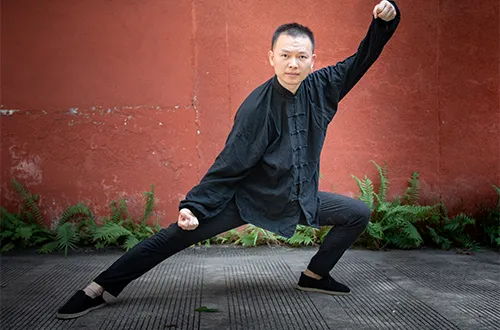
Tai Chi is undoubtedly the most popular Kung Fu style today and counts millions of followers worldwide.
Paradoxically, however, until a hundred years ago or so, Tai Chi was unknown in China.
It is said, however, that Tai Chi was created by the Taoist hermit Zhang Sanfeng in the 12th century and later passed onto the Chen family, and has been kept a secret by its masters until the 19th century. Tai Chi belongs to internal Kung Fu styles, and incorporates into its practice Taoist concepts of complementary duality -also known as yin-yang- Chinese medicine and Qi.
Known for its emblematic, slow and coordinated movements, its focus on breathing and awareness, most people who today practice Tai Chi for its health benefits, which range from fitness to increased longevity.
Tai Chi also gives special importance to softness and flexibility: the Tai Chi master is expected to not counter violence by violent means. Rather, he adopts an approach which complements and mirrors the movements of the attacker, until the strength of the latter is becomes exhausted. Last but not least, Tai Chi has five main sub-styles, which are all named after the family from which they originated. For instance, the Chen family style is the oldest and the most celebrated, and the Yang family style is another that is well-known.
The Northern Praying Mantis
北派螳螂 běi pài táng láng
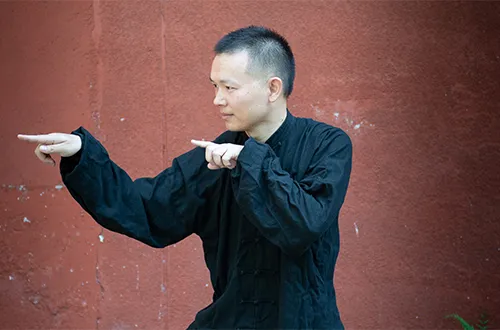
Many Kung Fu styles have derived their 'identities' from the emulation of movements particular animals' movements. Among these, the Northern Praying Mantis -with roots that can be traced back to the Ming Dynasty, and the martial artist Wang Lang- certainly holds a special place, due to the its distinctive moves. A representative move is for instance the 'praying mantis hook', a technique in which a person joins between one and three fingers together in a movement which resembles the fast and powerful blow of a whip.
This hook can be instrumental in blocking and diverting the opponent's strength or during an attack on the latter's vulnerable areas, which may be in turn particularly painful.
The Northern Praying Mantis is praised for the way in which its moves play out swiftly and in sequential continuity. Aside of the arms and the wrists, elbow and knee punches and strikes, its composite footwork, which is in great part inspired from the Monkey style, provides a wholesome unique aesthetic that welds the style with potency and effectiveness.
Baguazhang
八卦掌 bā guà zhǎng
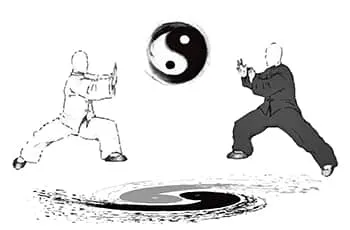
Shoulder to shoulder with Tai Chi and Xing Yi Quan, Baguazhang is one of the main internal Kung Fu styles. Also known as the Eight Trigram Palm, the style has been brought to life by Dong Haichuan in the first half of the 19th century. Like Tai Chi, Baguazhang is heavily influenced by Taoist philosophy and its notion of reality. The style is also characterized by slow, fluid movements, even though its techniques do differ to a great degree.
Circular footwork -or walking in circles- forms the basis of the Baguazhang Kung Fu style; everything starts from there. This footwork is especially important for evasion movements, and its mastery allows the practitioners to confront simultaneously several opponents. Baguazhang has, moreover, has developed an astonishing repertoire of techniques, which typically use the fist, elbows, palms, leg kicks, locks and throws, as well as a wide array of weapons. The deer horn knives (or crescent moon knives) are most closely linked with the style.
Xingyiquan
形意拳 xíng yì quán
Source from: Douyin - 南飞燕
Last but not the least in the triumvirate of the internal styles which includes Tai Chi and Baguazhang is the Xingyiquan style, the oldest among the three. At first glance, the Xingyiquan style is peculiar in that it defies the conventional characteristics of internal styles and yet is classified as such.
With its small number of straightforward, rudimentary techniques featuring simple, linear and compelling strikes, Xingyiquan emulates the motion of the spear during combat. Aggressive and direct, Xingyiquan typically uses five movements to fight from a specific standing position, in order to quickly subdue the opponent, and limit the amount of exchanges between the two parties involved. This can only be achieved by means of a strong core, a precise body alignment and a relaxation of the muscles.
Xingyiquan's key strength, and the reason why it is considered to be a prominent internal Kung Fu style, lies in its emphasis on training the mind on how to control flow of energy that emanates from the body and how to harness its fierce and zestful potential. San Ti -or the posture of the three trinities- is fundamental to Xingyiquan training, which harnesses the internal energy and enables the 'five movements' in combat.
Bajiquan
八极拳 bā jí quán
Bajiquan, also known as the 'eight extremities fist', is a Kung Fu style which originated in the Hebei province. Its vigorous and robust elbow strikes, the way in which fists and arms are direct forward while thursting punches and the use of shoulders make its abrupt, short-ranged outbursts particularly recognizable.
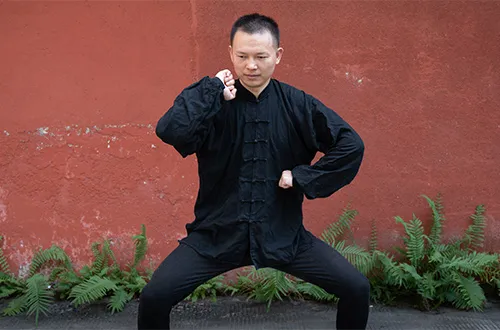
Bajiquan is also famously known as the 'bodyguard style', as a substantial number of bodyguards in China have been trained to practice it. The most famous among these were HuoDiange, the bodyguard of the Last Emperor, and Liu Yunqiao, that of Chiang Kai Shek, the main opponent of Mao Tse-Tung.
The main strength of Bajiquan does not lie in the aesthetic of the coordination of its moves, but rather, in the way its fleeting hit-thrust-strike aims at the defeat of the opponent, while standing in Bajiquan is among the most useful and practical styles, especially in close range combat, as it deploys the limbs of the master in the number of staggering techniques involving elbows, knees, shoulders, hip punches and strikes.
OR
Are you eager to begin your Chinese cultural journey?
Drop us a line and we will promptly connect you with our leading China expert!
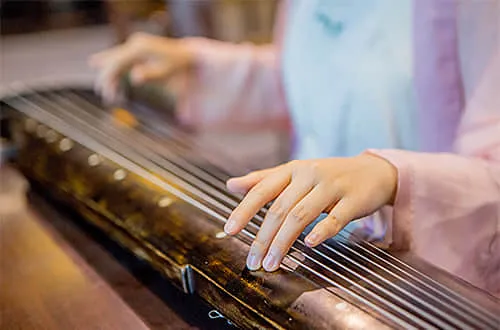 Chinese Music
Chinese Music 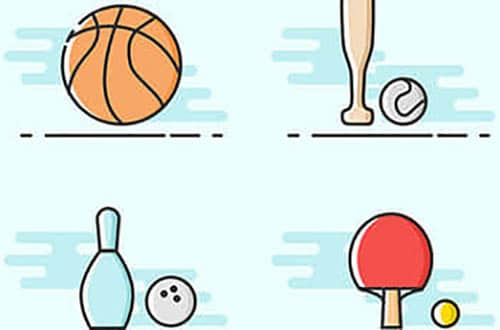 Popular Sports in China
Popular Sports in China 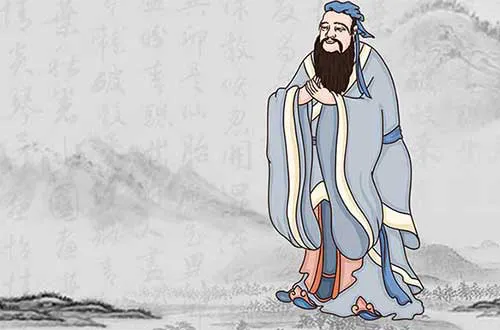 Confucianism
Confucianism 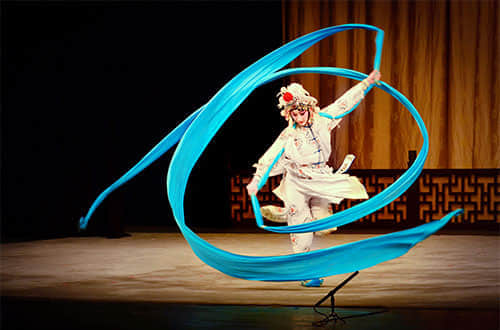 Chinese Operas
Chinese Operas